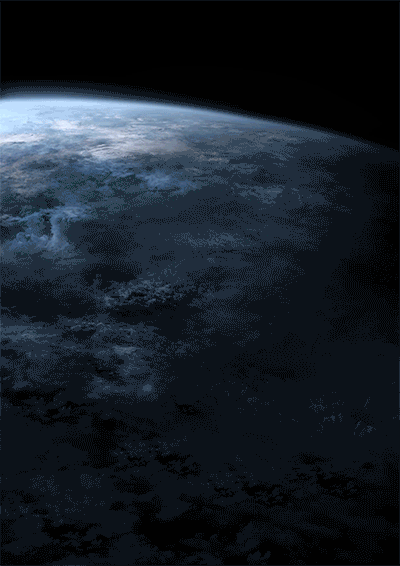Source: Journal of Geophysical Research: Atmospheres
Capturing the fleeting nature and order of lightning and energy pulses has been a goal of many studies over the past 3 decades. Although bolts of white lightning and colorful elves (short for emissions of light and very low frequency perturbations due to electromagnetic pulse sources) can be seen with the naked eye, the sheer speed and sequence of events can make differentiating flashes difficult.
In particular, researchers want to understand the timing of intracloud lightning, elves, terrestrial gamma ray flashes (TGFs), and energetic in-cloud pulses. Do all of these energy pulses occur at the same time, or are there leaders, or triggers, for lightning events?

In a new study, Østgaard et al. observed lightning east of Puerto Rico. They used optical monitoring along with gamma ray and radio frequency monitoring from the ground to determine the sequence of an elve produced by electromagnetic waves from an energetic in-cloud pulse, the optical pulse from the hot leader, and a terrestrial gamma ray flash.
The Atmosphere–Space Interactions Monitor (ASIM) is mounted on the International Space Station and includes a gamma ray sensor along with a multispectral imaging array. The optical measurements captured the lightning and ultraviolet measurements of the elves. The gamma ray instruments measured TGFs. In Puerto Rico, the researchers measured low-frequency radio measurements from lightning.
The team found that by using this combined monitoring technique, they could observe high-resolution details about the timing and optical signatures of TGFs, lightning, and elves. They found that the TGF and the first elve were produced by a positive intracloud lightning flash and an energetic in-cloud pulse, respectively. Just 456 milliseconds later, a second elve was produced by a negative cloud-to-ground lightning flash about 300 kilometers south of the first elve.
This combination of observations is unique and unprecedented. The detailed observations suggest that coordinated monitoring is the future method for lightning and thunderstorm research efforts. (Journal of Geophysical Research: Atmospheres, https://doi.org/10.1029/2020JD033921, 2021)
—Sarah Derouin, Science Writer
Citation:
Derouin, S. (2021), Observations from space and ground reveal clues about lightning, Eos, 102, https://doi.org/10.1029/2021EO159547. Published on 11 June 2021.
Text © 2021. AGU. CC BY-NC-ND 3.0
Except where otherwise noted, images are subject to copyright. Any reuse without express permission from the copyright owner is prohibited.

